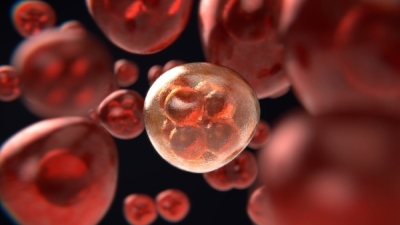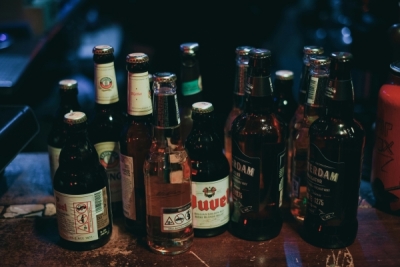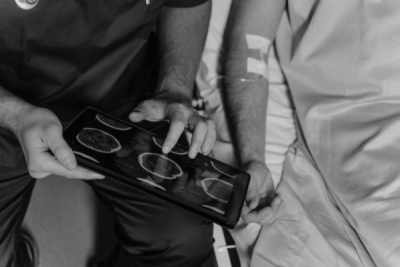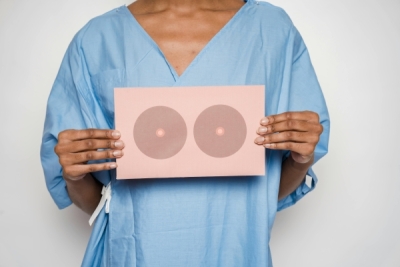Alcohol and Cancer: Should Warning Labels Be Required on Alcoholic Beverages?
Alcohol and Cancer: Should Warning Labels Be Required on Alcoholic Beverages?
The World Health Organization (WHO) has released a document supporting the inclusion of cancer risk warnings on alcoholic beverage labels.
In early February 2025, the World Health Organization (WHO) issued a report endorsing the addition of cancer risk warnings on alcoholic beverage packaging¹ ².
According to the report, there is a concerning lack of public awareness in Europe about the link between alcohol and cancer. Alcohol is responsible for around 800,000 deaths each year in the WHO European Region, yet only a small portion of the population is aware of the risks. The WHO found that only 15% of people were aware of the link between alcohol and breast cancer, and just 39% knew of its connection to colorectal cancer. In response, the organization recommended implementing clear and prominent health warnings on alcoholic beverage labels—similar to those found on tobacco products—to help consumers make more informed decisions about their health.
Currently, only three of the 27 European Union (EU) member states have adopted warning labels on alcoholic drinks. Ireland is the only country that has passed specific legislation requiring labels to include health warnings about alcohol-related risks, including cancer. This measure will take effect in May 2026, mandating that packaging inform consumers about the dangers of alcohol use, such as liver disease and pregnancy-related risks. Other EU countries—such as France, Lithuania, and Germany—have some form of warning on alcohol labels, though not necessarily regarding cancer.
The WHO report suggests that labels should contain direct messages and possibly images to maximize impact and raise awareness of the risks associated with alcohol consumption.
Key Findings and Recommendations:
- Prominent health warnings: The WHO recommends clear and visible warning labels about cancer risks, potentially including text or pictograms to better inform consumers.
- Cancer-specific warnings: Studies show that labels mentioning cancer risks increase awareness and help reduce alcohol consumption.
- Limitations of QR codes: Only 0.26% of consumers scan QR codes for health information, reinforcing the need for visible, on-package warnings.
Alcohol and Cancer
In January of this year, U.S. Surgeon General Dr. Vivek Murthy issued a warning regarding alcohol consumption and its link to cancer³. The advisory summarized scientific evidence on the connection between alcohol and cancer, including the biological mechanisms involved. It concluded that alcohol consumption is one of the leading preventable causes of cancer in the U.S. and globally, accounting for approximately 100,000 cases annually in the U.S. and 750,000 worldwide.
The International Agency for Research on Cancer (IARC) has long acknowledged strong evidence of this link. Currently, the IARC classifies alcohol as a carcinogen that contributes to cancer in multiple parts of the body, including the oral cavity, oropharynx, hypopharynx, esophagus (squamous cell carcinoma), colon, rectum, liver, intrahepatic bile duct, larynx, and breast⁴.
References:
- Alcohol labels should warn of cancer risk, says new WHO/Europe report [Internet]. Who.int. 2021. Available from: https://www.who.int/europe/news-room/14-02-2025-alcohol-labels-should-warn-of-cancer-risk--says-new-who-europe-report
- Ferreira-Borges C, Daša Kokole, Galea G, Neufeld M, Rehm J. Labels warning about alcohol-attributable cancer risks should be mandated urgently. The Lancet Public Health [Internet]. 2025;0(0). Available from: https://www.thelancet.com/journals/lanpub/article/PIIS2468-2667(25)00040-4/fulltext
- Alcohol and Cancer Risk [Internet]. HHS.gov. 2024. Available from: https://www.hhs.gov/surgeongeneral/reports-and-publications/alcohol-cancer/index.html
- IARC Handbooks of Cancer Prevention Volume 20A: Reduction or Cessation of Alcohol Consumption [Internet]. www.iarc.who.int. Available from: https://www.iarc.who.int/news-events/iarc-handbooks-of-cancer-prevention-volume-20a-reduction-or-cessation-of-alcohol-consumption/





